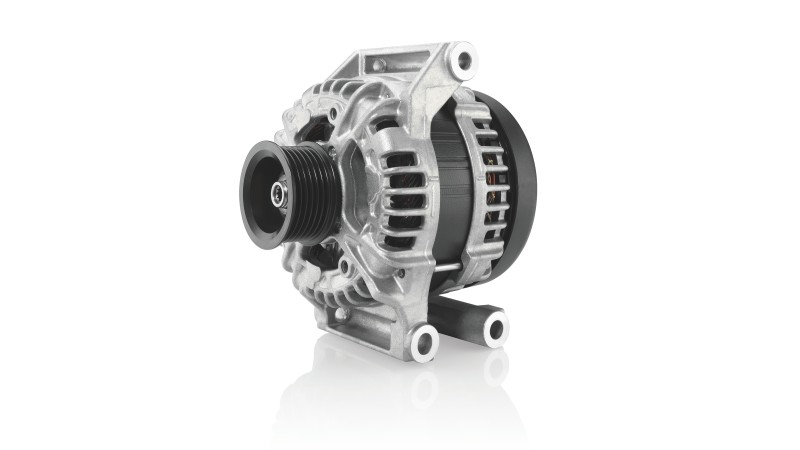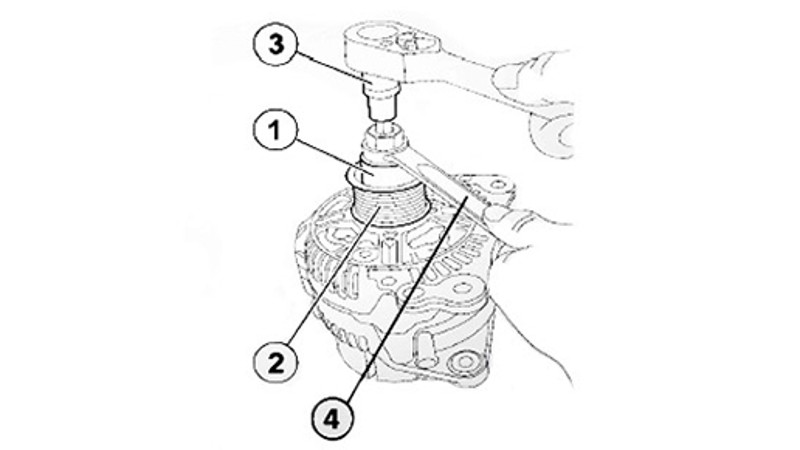How to test alternator overrunners auxiliary drive
Alternator Overrunners from Bosch

Designs
- OAP (Overrunning Alternator Pulley)
- OAD (Overrunning Alternator Decoupler)
Both OAPs and OADs have a simple overrunning clutch.
OADs also have a torsion spring to absorb energy. This enables rotational irregularities in the crankshaft to be evened out better.
Testing of Alternator Overrunners
While the engine is running, a faulty alternator overrunner can be identified by the rough running characteristics of the pulley and any associated noise. It can also result in the vehicle battery not being charged due to the pulley being able to spin in both directions. OAPs and OADs always rotate freely in one direction. OAPs will immediately lock in the opposite direction, and OADs rapidly build up resistance to turning in the opposite direction until they lock. If any of the failure symptoms mentioned above are present, the alternator overrunner must be replaced.
A correctly functioning overrunner can be identified by smooth operation and the alternator coming to a delayed standstill after the engine is switched off.
Resulting damage
If the alternator overrunner becomes jammed, the engine’s rotational vibrations cannot be evened out. At low engine speeds, these vibrations cause the belt to run roughly and the tensioning components are subjected to higher than normal loads. Not only does this increase belt wear but other components in the auxiliary drive (e.g. tensioning and deflection rollers, torsion vibration dampers) may also fail prematurely.
Subject to the application, the overrunner can either be replaced in the vehicle or with the alternator removed and placed on a firm support (e.g. workbench).
Fitting

- Depending on the rotational direction of the alternator, the overrunner has either a left- or right-hand thread.
- Insert a suitable fitting tool (1) into the overrunner’s serration (2), and use an appropriate insert/socket (3) to hold the rotor shaft in place.
- Use a ring spanner (4) to loosen or tighten the overrunner. Tightening torque: 80 Nm.
- If the alternator overrunner is designed for use with a cover cap, fit the new cover cap supplied.



